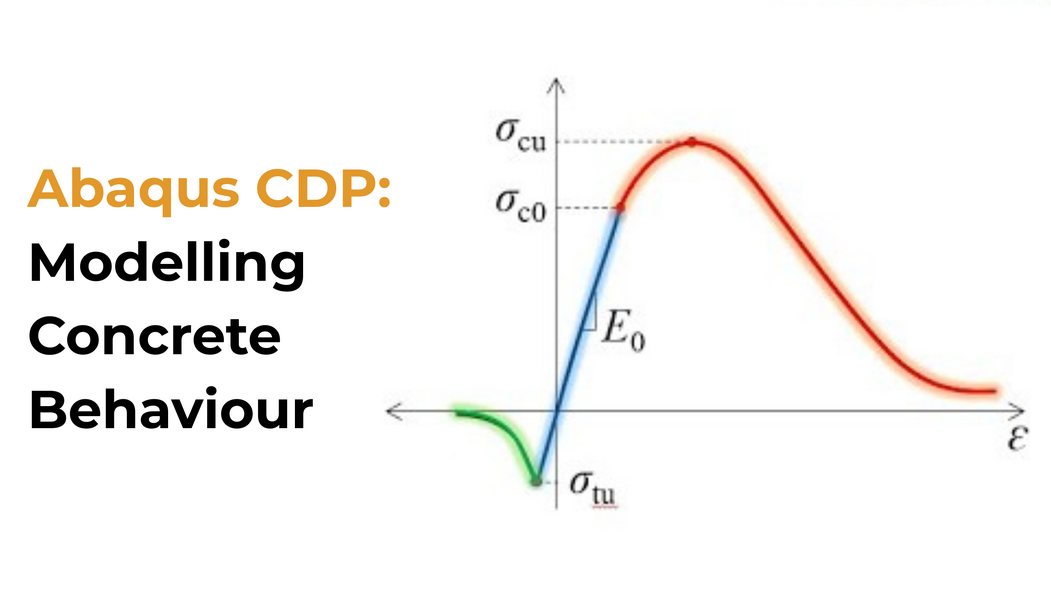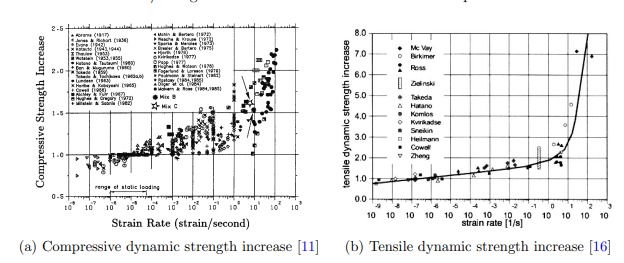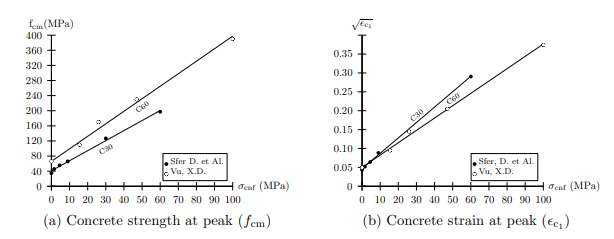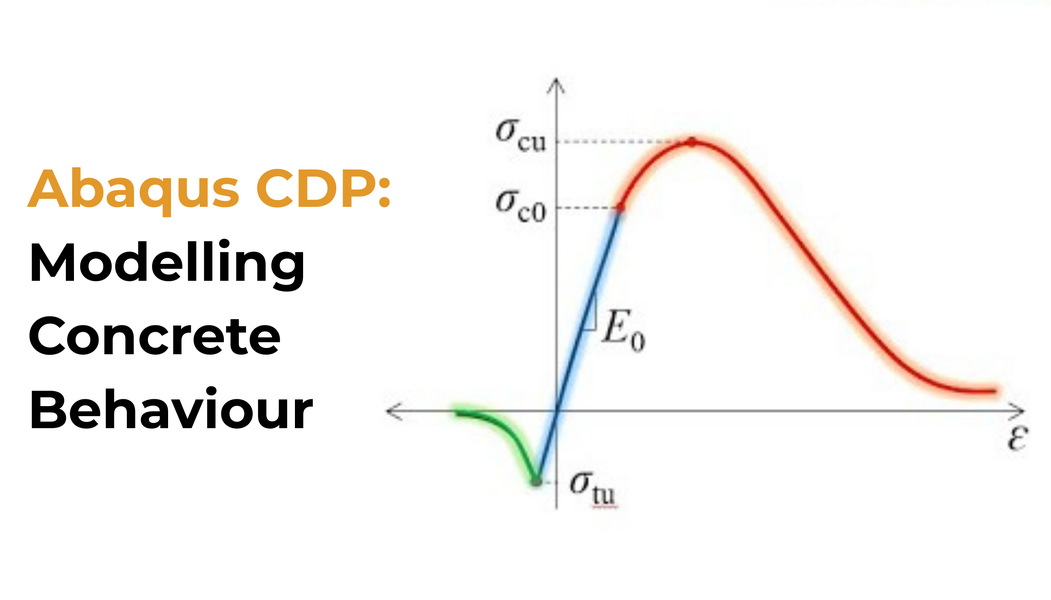
Introduction
Concrete structures react differently to static and dynamic loads. For safety-critical applications, their response must be properly predicted under high strain rates of aircraft impact, blast, or earthquakes. One of the best ways to do this is by employing the Abaqus Concrete Damage Plasticity (CDP) model. The material model is widely used in Abaqus structural analyses to simulate the inelastic and damage response of concrete under a broad spectrum of loading conditions.
What is the Concrete Damage Plasticity Model?
The Abaqus Concrete Damage Plasticity model simulates the plasticity of concrete under tension and compression. The model simulates crushing, cracking, and loss of stiffness and can be applied to static or dynamic analysis. The CDP model is essential to the users working in Abaqus structural analysis, especially when modeling concrete in tunnels, dams, buildings, or defense structures.
This model is usually explained elaborately in Abaqus training such that users have a proper understanding of how to enter damage parameters, define rate-dependent properties, and simulate crack growth for concrete structures.
Read more in our blog - ABAQUS for Structural Engineering
Dynamic Behavior of Concrete
Concrete behaves differently under dynamic loading due to strain rate sensitivity. In aircraft or missile impacts, strain rates between 1–100 s⁻¹ are common, while ballistic or blast loadings can go as high as 10⁶ s⁻¹. This difference leads to increased strength known as the Dynamic Increase Factor (DIF). Studies using Split Hopkinson Pressure Bar (SHPB) tests have shown that both compressive and tensile strength of concrete rise with strain rate.
The Abaqus Concrete Damage Plasticity model incorporates this behavior using rate-dependent parameters. In simulations, the CDP model considers both the compressive and tensile damage independently. This allows it to more realistically capture cracking, crushing, and stiffness degradation in concrete under high loading rates.

Confinement and Inertia Effects
In impact simulation, concrete is subjected to triaxial stress states by inertia. This increases the apparent strength of the concrete. With the Abaqus Concrete Damage Plasticity model, these confining effects can be accounted for to give more realistic results.
Impacts at high speeds, like aircraft or missile impacts, produce high confinement ratios. Abaqus CDP simulates such conditions precisely by letting the user modify parameters such as dilation angle and flow potential eccentricity. Fine-tuning such values is one of the most important areas of Abaqus training courses.
Element Deletion in Fracture Modeling
One of the biggest problems of impact modeling is simulating scabbing, cracks, and spalling. In Abaqus structural analysis, this is most commonly achieved through the use of element deletion through equivalent plastic strain (PEEQ). Once a threshold is reached, the element is removed from the simulation to simulate material failure.
More advanced users usually extend this method by relating element removal to shear strain or confinement pressure. These effective approaches are normally instructed in refined Abaqus software courses to increase precision in simulation.

Limitations and Practical Solutions
Although techniques like XFEM and DEM can provide high-fidelity solutions, these are computationally expensive. For most large-impact problems, Abaqus CDP with custom damage parameters and calibrated element removal is still a cost-effective but effective solution.
Conclusion
The Abaqus Concrete Damage Plasticity model is an extremely effective tool to simulate the intricate dynamic behavior of concrete. As long as material behavior, damage mechanisms, and correct modeling procedures are thoroughly understood, highly accurate simulations can be built by engineers. As an academic or an industrial practitioner, an investment in Abaqus software training will enable you to get the best out of Abaqus CDP in your structural analysis projects.
If you're looking to master these advanced skills, consider enrolling in our Abaqus Structural Analysis Training, where you’ll learn the complete workflow of the Abaqus CDP model. Our expert-led program is ideal for those wanting to excel in Abaqus software training, from understanding theory to hands-on project work. Upgrade your simulation skills and build expertise in Abaqus Concrete Damage Plasticity with us today.

